Malaysian guidelines for EV charging bays installation in existing and new buildings

In a significant move towards promoting electric mobility and reducing carbon emissions, Malaysia has taken a leap forward with the introduction of comprehensive guidelines for electric vehicle charging bays (GPP EVCB). This initiative comes as part of the government’s commitment to improving the approval process for the construction of electric vehicle charging infrastructure, aiming to facilitate the growth of the electric vehicle (EV) market in the country. Prime Minister Datuk Seri Anwar Ibrahim announced this development last month, and now, these guidelines are set to play a pivotal role in shaping the future of EV charging in Malaysia.
The GPP EVCB Guidelines
The 74-page GPP EVCB document, released by the federal department of town and country planning (JPBD), is now available for viewing on PlanMalaysia’s myTOWN.net portal. These guidelines provide a comprehensive framework for state and local authorities, as well as stakeholders, to plan, design, and construct electric vehicle charging bays (EVCBs) in Malaysia. The document encompasses planning and design requirements for EVCBs in both existing and new buildings and developments, fire safety requirements, and local government procedures that need to be followed.
Key Highlights of the GPP EVCB Guidelines
Diverse Locations for EVCBs: The guidelines outline various locations where EVCBs can be installed, including strata and non-strata housing, industrial and commercial areas, institutions, petrol stations, and rest and service (R&R) areas. They can be placed both outside and inside buildings, including rooftop installations.
AC and DC Charger Placement: The guidelines differentiate between AC and DC chargers. For AC charging bays (up to 22kW rating), there are no placement limitations in multi-storey applications, allowing them to be built at all indoor parking levels. However, for DC chargers, specific placement restrictions apply in multi-storey buildings, prioritizing the ground and the first two upper levels for indoor installations. For basement parking, DC chargers are permitted only on the first level below ground, ensuring compliance with fire safety guidelines.
Safety and Accessibility: EVCBs must be situated away from stairs or emergency exits to avoid obstructing exit routes in case of emergencies. Additionally, the guidelines specify that EVCBs in new developments should be 2.5 meters wide and six meters long, with an additional meter in width for disabled-friendly charging bays.
Minimum EVCB Requirements: For new multi-storey residential and commercial developments, the guidelines mandate that a minimum of 2% of the total parking spaces be allocated as EVCBs. In residential developments, at least one EVCB must be provided in visitor parking, while in commercial developments, a minimum of one EVCB must be disabled-friendly. Furthermore, a minimum of one electric motorcycle charging bay per building is required for new developments, irrespective of residential or commercial use.
Existing Developments: While the guidelines provide clear instructions for new developments, they suggest that the number of EVCBs for existing developments should be based on demand, making it flexible for businesses and residential complexes to adapt to the evolving EV market.
Application and Approval Process: The GPP EVCB guidelines also lay out a streamlined process for application and approval, with a seven-day timeframe for AC chargers and a 14-day timeframe for DC chargers. The document details the procedural steps required for EVCB installations, simplifying the process for all stakeholders involved.
To find out more details, you can download the CPP EVCB document here.

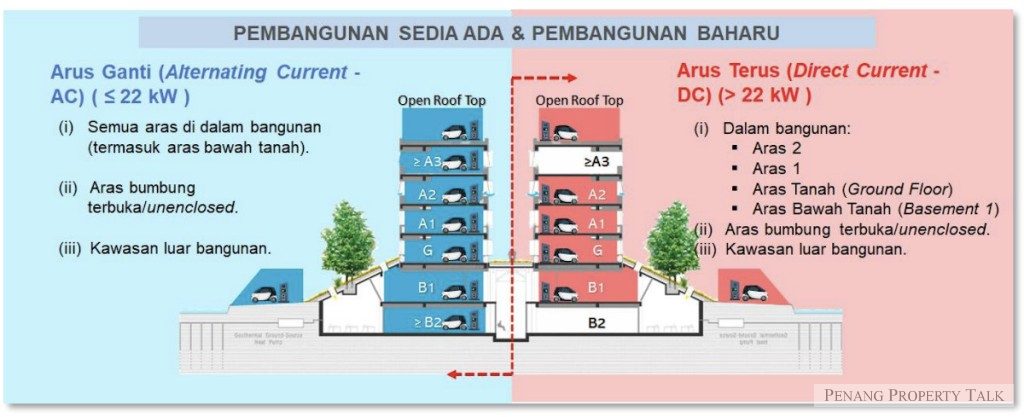
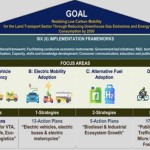


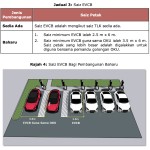
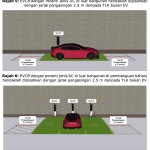
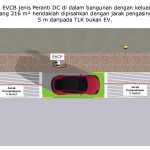
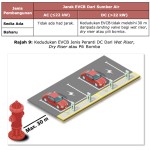
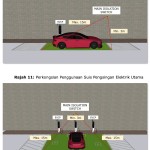
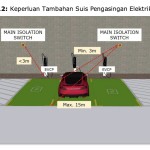


Now, stepping into modern living !